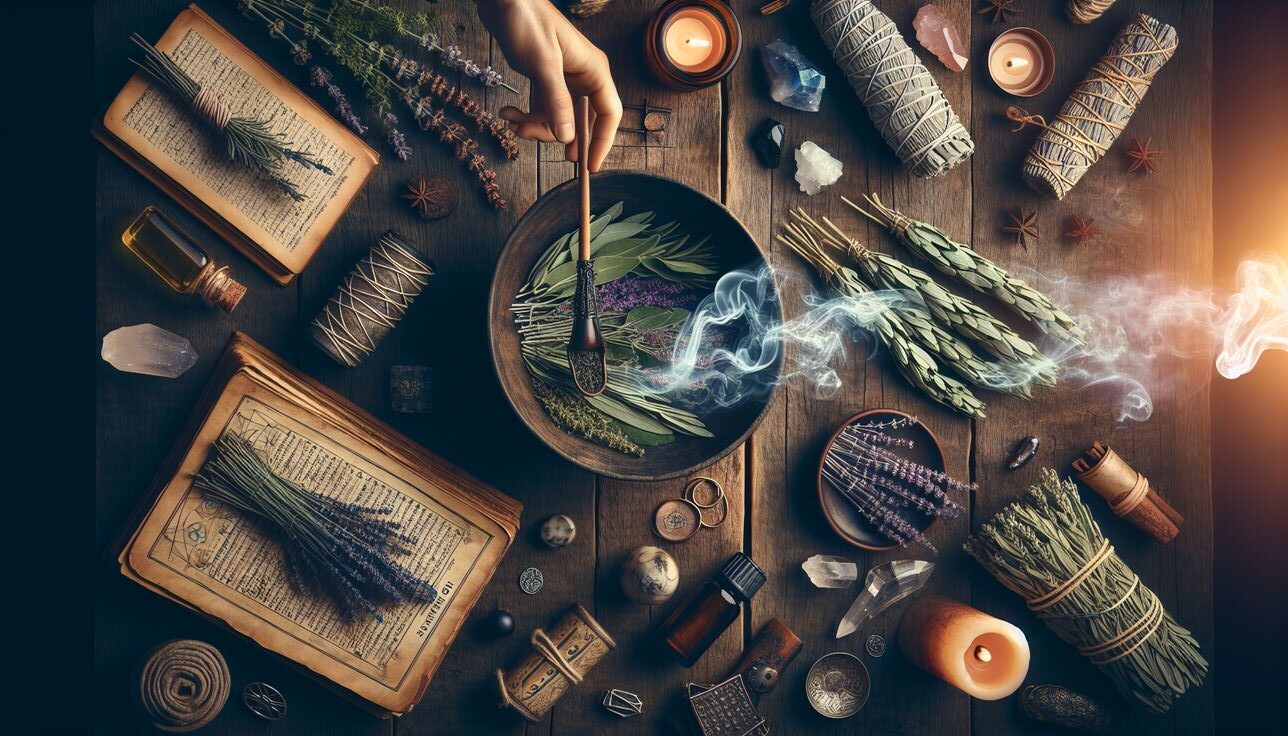Throughout human history, art has not only decorated walls and objects — it has guided spiritual journeys, marked transitions, and shaped collective beliefs. Ritual Art is one of the oldest yet most enduring forms of creative expression. It bridges the sacred and the artistic, blending symbols, performance, and tradition into experiences that carry deep meaning for individuals and communities.
What is Ritual Art?
Ritual Art refers to creative practices tied to spiritual, religious, or cultural ceremonies. Unlike traditional art that exists for personal expression or aesthetic enjoyment, ritual art serves a purpose beyond beauty. It can:
- Honor deities or ancestors
- Celebrate seasonal changes
- Mark life events such as birth, marriage, or death
- Strengthen community identity
- Create a sense of connection between the material and the divine
In short, ritual art is both aesthetic and functional, embodying belief systems while offering participants a transformative experience.
A Journey Through History
Ritual Art has existed for thousands of years across every culture:
- Ancient Egypt → Wall paintings, hieroglyphics, and funerary art guided souls into the afterlife.
- Indigenous Tribes → Body painting, masks, and totems symbolized spiritual protection and identity.
- Hindu Traditions → Mandalas, rangoli patterns, and temple sculptures embody cosmic order.
- African Cultures → Drum rhythms, dance, and masks turn rituals into communal experiences.
- Christian Traditions → Stained glass, icons, and church architecture create sacred atmospheres.
Each example shows how creativity has always been intertwined with ritual, giving people tools to express devotion and navigate life’s mysteries.
Forms of Ritual Art
Ritual Art comes in many forms, often blending multiple senses:
- Visual Ritual Art
- Mandalas, sacred symbols, body painting, masks, rangoli, and ritual tattoos.
- Performative Ritual Art
- Dances, chants, theater, and ceremonial movements that embody sacred stories.
- Material Ritual Art
- Sacred objects such as totems, prayer beads, ceremonial clothing, or ritual altars.
- Ephemeral Ritual Art
- Temporary works like Tibetan sand mandalas or festival fire rituals, symbolizing impermanence.
Through these practices, art becomes an active force rather than a passive object.
The Role of Symbols
At the heart of ritual art lies symbolism. Shapes, colors, and gestures are never random — they carry layered meanings:
- Circles → unity, infinity, cycles of life
- Colors → red for vitality, white for purity, black for protection
- Animals → eagles for strength, snakes for transformation, elephants for wisdom
By engaging with these symbols, communities connect personal experience to universal truths.
Ritual Art Today
Although rooted in ancient traditions, ritual art thrives in the modern world:
- Yoga & Meditation Spaces → Mandalas and yantras support spiritual focus.
- Festivals → Burning Man sculptures, Holi colors, and Día de los Muertos altars all combine art with ritual.
- Performance Art → Contemporary artists often use ritual elements to challenge social norms or invite healing experiences.
- Personal Rituals → Journaling, candle-lighting, or creating vision boards are modern expressions of ritual art in daily life.
Ritual art adapts to each generation, proving that spirituality and creativity remain inseparable.
Why Ritual Art Matters
Ritual Art matters because it connects us to:
- The Self → offering meditation, healing, and transformation
- The Community → strengthening cultural identity and shared experience
- The Cosmos → linking human life to larger natural or divine cycles
It is not just decoration; it is a bridge between worlds.
How to Experience Ritual Art
You don’t need to be part of an ancient tradition to experience ritual art. Here are simple ways to explore it:
- Create a personal altar with meaningful objects.
- Try mandala drawing as a meditative practice.
- Use color rituals — light candles or wear colors with intention.
- Attend a cultural festival to witness ritual performances.
- Practice movement rituals such as dance or yoga.
Each small practice brings ritual art into your daily life.
Final Thoughts
Ritual Art shows us that creativity is more than aesthetics — it is an act of connection. Whether through ancient ceremonies or modern performances, ritual art allows us to express devotion, celebrate life, and transform ordinary spaces into sacred ones.
As long as humans search for meaning, ritual art will continue to thrive. It reminds us that art is not just something we look at, but something we live through.

Leave a Reply